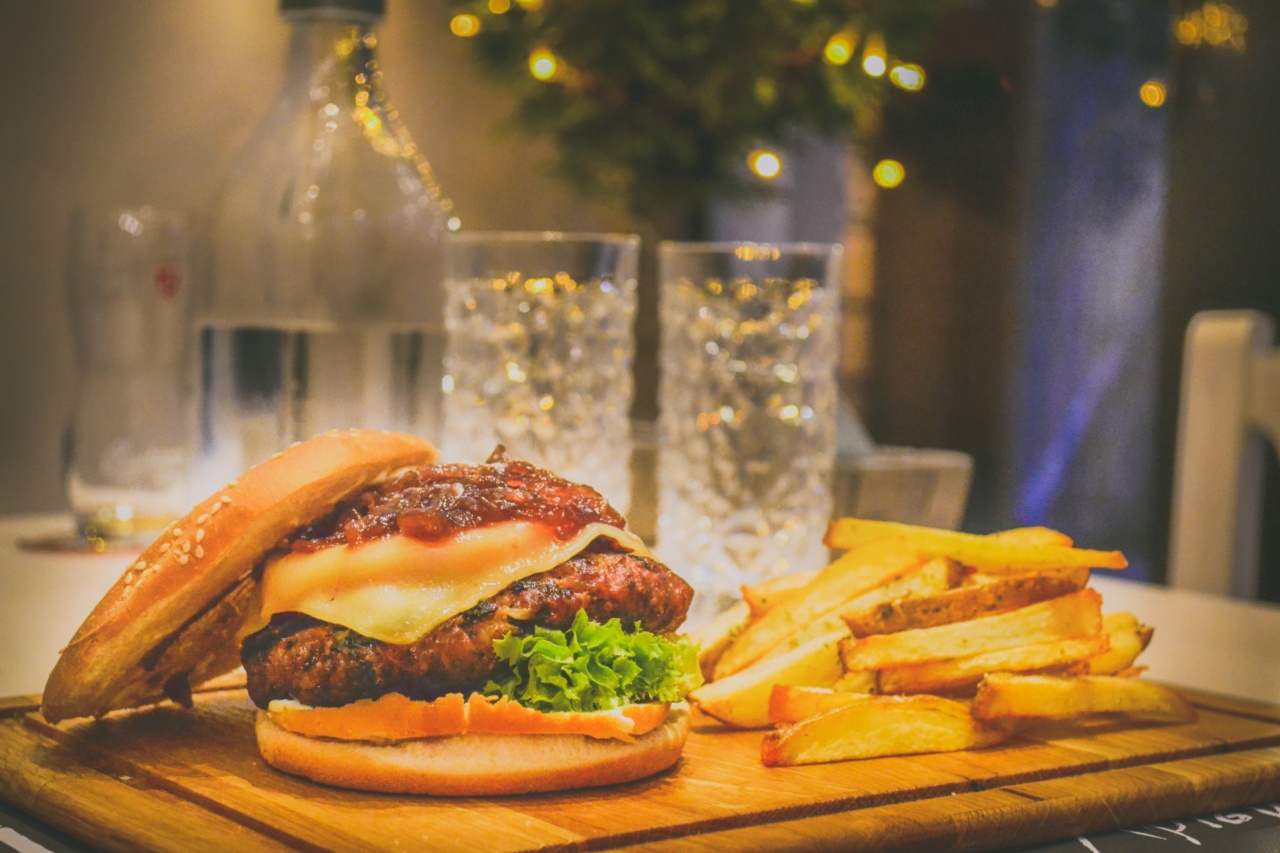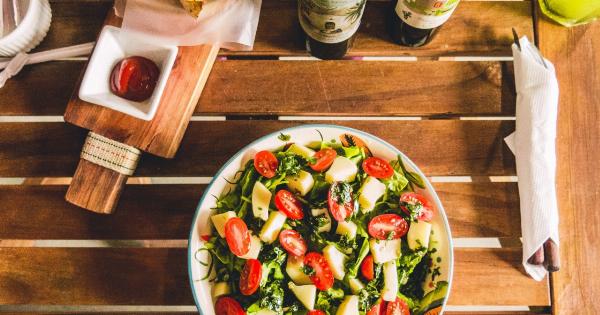Cretan Dacos, also known as Dakos or Koukouvagia, is a traditional Cretan dish that originates from the island of Crete, Greece. This delectable dish is a staple in Cretan cuisine and is adored by locals and tourists alike.
It consists of a few simple ingredients, but the flavors are robust and satisfying. However, what many people are unaware of is the surprisingly high calorie content that lies within this seemingly innocent dish.
In this article, we will delve into the astonishingly unbeknownst calories in Cretan Dacos and shed light on why it is important to be mindful of our consumption.
The Origins of Cretan Dacos
Cretan Dacos has a rich history that dates back centuries. It is believed to have originated from the Minoan civilization, one of the earliest advanced civilizations in Europe.
The Minoans were known for their agricultural practices and mastery of growing grains, particularly barley. Barley, along with other locally sourced ingredients, forms the foundation of Cretan Dacos.
The Ingredients
Cretan Dacos consists of the following key ingredients:.
1. Barley Rusk
The base of Cretan Dacos is a barley rusk. These round, dense, and crunchy bread disks are made from barley flour, water, yeast, and salt. The rusk is traditionally made by baking the bread twice to remove all moisture, resulting in a long shelf life.
However, due to the double-baking process, the calorie content of the barley rusk increases significantly.
2. Tomatoes
Fresh, juicy tomatoes are an essential element of Cretan Dacos. They add a vibrant burst of flavor and provide a healthy dose of vitamins and minerals. Tomatoes are low in calories and rich in antioxidants, making them a nutritious addition to the dish.
3. Extra Virgin Olive Oil
Olive oil is a cornerstone of the Mediterranean diet and a crucial component of Cretan Dacos. It is used generously to drizzle over the barley rusk and tomatoes, enhancing the taste and texture.
While olive oil is a healthier alternative to other oils, it is still high in calories due to its fat content.
4. Feta Cheese
A sprinkle of crumbled feta cheese adds a tangy and salty kick to Cretan Dacos. Feta cheese is made from sheep’s milk or a mixture of sheep’s and goat’s milk. It is a rich source of calcium and protein.
However, it is also high in calories and saturated fat, so moderation is key.
5. Olives
No Cretan dish is complete without olives. These small, briny fruits add a distinctive flavor to Cretan Dacos. Olives are a good source of healthy fats and antioxidants but should be consumed in moderation due to their high calorie content.
Calories in Cretan Dacos
Now let’s take a closer look at the calorie content of each ingredient in Cretan Dacos:.
1. Barley Rusk
One barley rusk (approximately 20 grams) contains around 77 calories, with most of the calories coming from carbohydrates.
2. Tomatoes
A medium-sized tomato (approximately 123 grams) contains about 22 calories. Tomatoes are low in calories but high in essential nutrients.
3. Extra Virgin Olive Oil
One tablespoon (approximately 13.5 grams) of extra virgin olive oil contains approximately 119 calories. While it is a healthier choice compared to other oils, it is still calorically dense.
4. Feta Cheese
One ounce (approximately 28 grams) of feta cheese contains about 75 calories. It is important to moderate the amount of feta cheese used in Cretan Dacos to avoid excessive calorie intake.
5. Olives
Ten Kalamata olives (approximately 30 grams) contain around 85 calories. While olives offer health benefits, too many can significantly increase calorie intake.
Putting It All Together
Considering the calorie content of each ingredient, a typical serving of Cretan Dacos can easily add up to around 380-400 calories. This is due to the generous amounts of olive oil and feta cheese used, which contribute to the overall calorie content.
While Cretan Dacos is a delicious and nutritious dish, it is crucial to be mindful of portion sizes to avoid excessive calorie intake.
Health Benefits of Cretan Dacos
Despite its calorie content, Cretan Dacos offers several health benefits:.
1. Rich in Antioxidants
The tomatoes, extra virgin olive oil, and olives in Cretan Dacos are all excellent sources of antioxidants. Antioxidants help protect the body against damage from harmful free radicals, reducing the risk of chronic diseases.
2. Nutrient-Dense
Cretan Dacos provides a good mix of essential nutrients, including vitamins (such as vitamin C and vitamin A), minerals (such as calcium and potassium), and healthy fats (such as monounsaturated fats from olive oil).
3. High in Fiber
The barley rusk in Cretan Dacos is a good source of dietary fiber. Fiber aids digestion, promotes satiety, and helps maintain healthy cholesterol and blood sugar levels.
Conclusion
Cretan Dacos is a beloved dish with a long history, but it also carries a surprising calorie load. While it offers numerous health benefits, it is important to be mindful of portion sizes and ingredient quantities to avoid excessive calorie intake.
Moderation is key when enjoying this delectable Cretan delight.






























